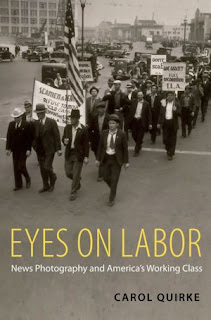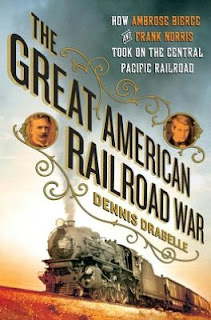 books and articles and essays on a wide range of social, cultural, and religious themes in early modern English history. He has also made numerous radio and TV contributions over the years.
books and articles and essays on a wide range of social, cultural, and religious themes in early modern English history. He has also made numerous radio and TV contributions over the years.Capp applied the “Page 99 Test” to his new book, England's Culture Wars: Puritan Reformation and Its Enemies in the Interregnum, 1649-1660, and reported the following:
Page 99 of England’s Culture Wars takes us to a chapter on ‘Sins against God: Swearing and the Sabbath’. The book explores attempts by Oliver Cromwell and the puritans, following victory in the civil wars, to impose moral reformation on the nation, by both persuasion and force. Like New England Puritans, the regime sought to establish a godly, moral society. Passing legislation was easy: laws abolishing ‘pagan, popish’ Christmas, imposing fines for drunkenness, and imprisonment or even death for adultery and other sexual offences. The reformers faced the problem, however, that most of the English had little affection for Puritanism and hated the new regime. The reformers cracked down hard on sexual promiscuity, and they were even more preoccupied with sins against God himself, such as blasphemy, swearing and profanation of the Sabbath. Outrageous blasphemers scandalised most Englishmen and women, and could be punished. Dealing with casual swearing (‘by God’, ‘i’faith’ etc) was far harder. These were deep-rooted, traditional forms of speech which most people used without any sense of doing wrong. Page 99 looks at the problem of enforcement: would parish constables be willing to report their own neighbours, especially if that meant going miles to find the nearest magistrate? What if the magistrate himself cared little about such ‘trivial’ offences? These problems tie into the main thrust of the book: the issue of enforcement. Some historians have argued that the puritan reformation was a total failure, defeated by popular hostility or indifference. My own research shows that the outcome was in fact a patchwork of local successes and failures, with outcomes depending on the character of the local magistrates and ministers. Some towns and cities, such as Exeter, Coventry and Rye made dramatic progress towards building a godly, disciplined community; some made only limited progress, and some did not even try. Even so, the interregnum years (1649-60) produced a radically different society, and the Restoration in 1660 represented another cultural as well as political upheaval.Learn more about England's Culture Wars at the Oxford University Press website.
--Marshal Zeringue

























